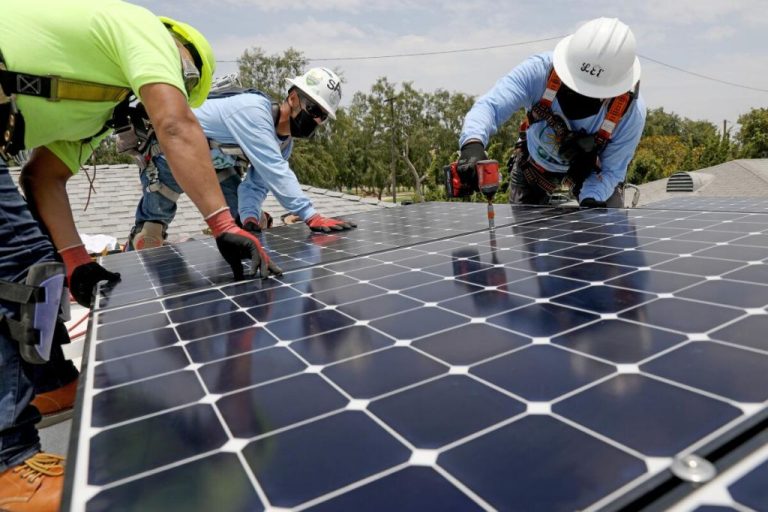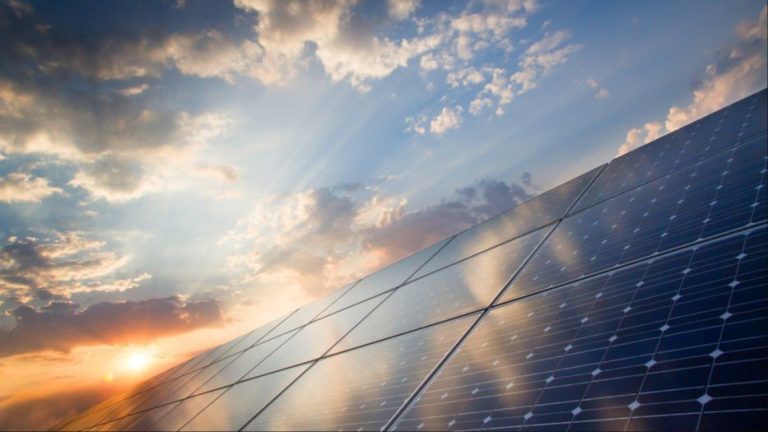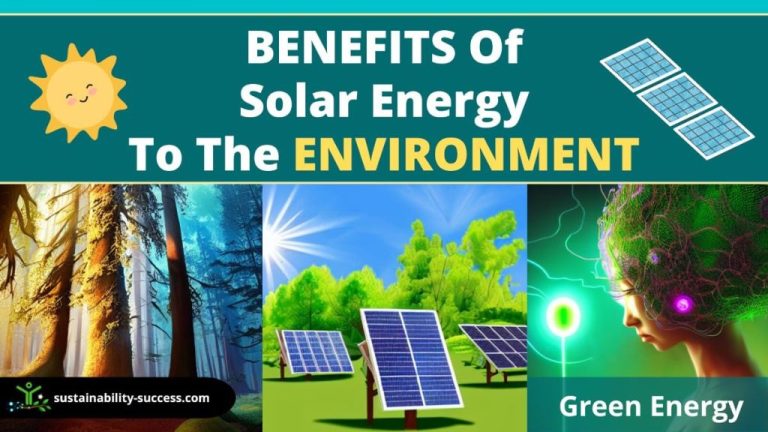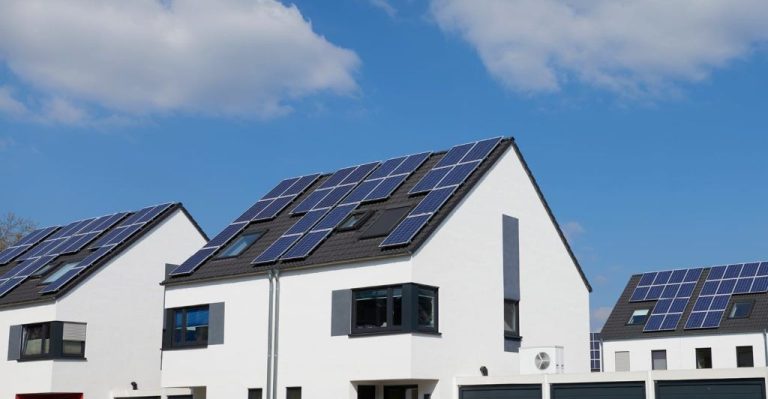What Are The Most Common Uses Of Solar Panels?
Solar panels, also known as photovoltaic (PV) panels, are devices that convert sunlight into electricity. They are made up of solar cells, which absorb photons from sunlight and generate an electric current. The most common uses of solar panels center around harnessing the sun’s energy for electricity generation.
Solar panels have become increasingly popular over the past decade as the cost of manufacturing has declined and efficiency has increased. They offer homeowners, businesses, and utilities a renewable and sustainable way to reduce reliance on fossil fuels. The solar energy field is also creating many new jobs and contributing to local economies.
This article will provide an overview of the most prevalent applications of solar panels today. We’ll explore how solar technology is powering homes, businesses, farms, infrastructure projects, transportation, and more. Read on to learn how solar panels are providing clean electricity across many sectors.
Residential Rooftop Systems
One of the most common uses of solar panels is on residential homes to reduce electricity bills. Homeowners install rooftop solar panel systems to harness sunlight and generate their own renewable electricity. The solar panels are typically mounted on the roof or in the backyard, and are connected to an inverter that converts the sun’s energy into usable AC power. This electricity then supplements or replaces grid power usage in the home.
Residential solar delivers multiple benefits. By generating their own solar electricity, homeowners can drastically cut their utility bills and minimize reliance on fossil fuels. Rooftop systems also increase self-sufficiency and energy independence. Families have the security of knowing their power comes from an abundant, free resource rather than fluctuating energy prices. Home solar panels can lower a household’s carbon footprint as well. And many homeowners choose to install solar for financial returns through net metering programs that allow selling excess power back to the grid.
The most popular residential solar applications are grid-tied systems that function alongside utility service. But solar panels can also provide complete off-grid power for rural or remote homes not connected to the electric grid. Overall, rooftop solar gives homeowners clean, renewable power right where they need it most – at home.
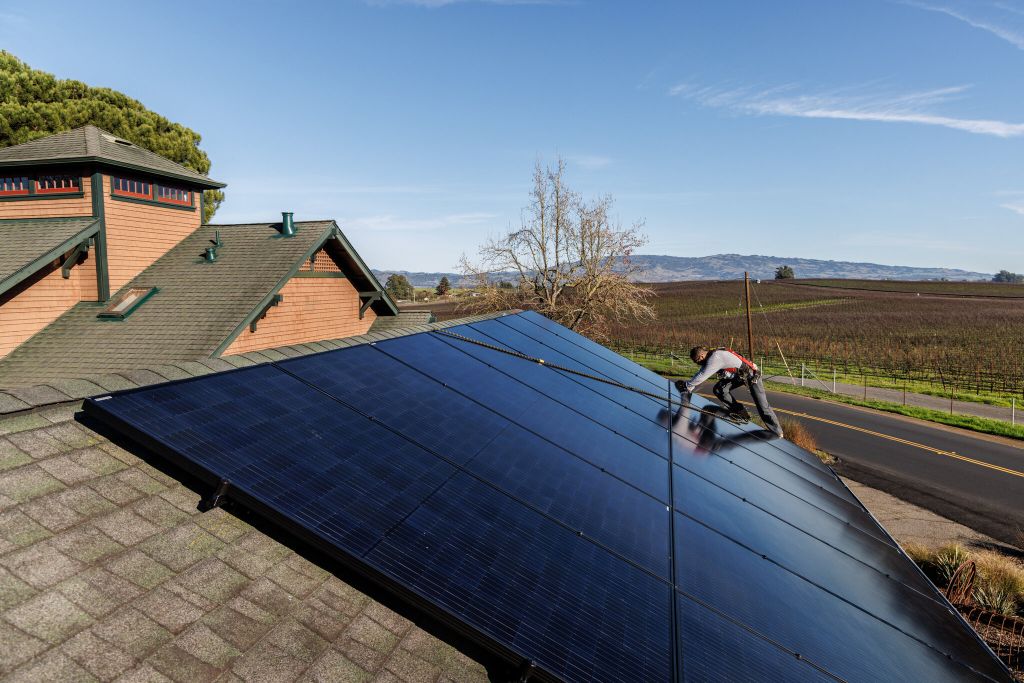
Commercial Rooftop Systems
Many businesses, warehouses, schools, government buildings and other commercial properties are installing rooftop solar photovoltaic (PV) systems to reduce their electricity costs and meet sustainability goals. The solar panels are typically mounted on the roof of the building to maximize sun exposure. The electricity generated from the solar panels is used to power the building during the day, reducing the amount of electricity that needs to be purchased from the utility.
Commercial solar PV systems can often generate a significant portion of a building’s electricity needs, from 20-60% or more. By generating their own power, businesses and organizations can protect themselves against rising energy costs from the utility. The electricity produced from the solar panels will essentially provide “free” electricity for the lifespan of the system, typically around 25 years.
For commercial facilities with large rooftop areas and high electricity costs, the return on investment from a solar PV system can be under 5 years. Businesses can take advantage of tax credits, accelerated depreciation, solar renewable energy credits (SRECs) and other incentives to reduce the upfront installation costs. Going solar provides great marketing and publicity for an environmentally-conscious organization.
With a rooftop solar PV system, commercial facilities not only reduce their carbon footprint but also hedge against future electricity rate increases. In many parts of the country, installing solar panels on your roof simply makes good business sense.
Utility-Scale Solar Farms
Utility-scale solar farms are large-scale solar power plants that generate electricity and feed it into the electric grid. These solar farms can range in size from a few acres to thousands of acres. They utilize large numbers of ground-mounted solar panels, usually arranged in rows across a large plot of land. The power generated from the solar panels is fed into inverters to convert the DC electricity into AC electricity before connecting to the electrical grid through a substation.
Utility-scale solar farms provide bulk power production and wholesale electricity to help meet overall demand on the electric grid. The scale of these large solar farms allows them to produce electricity at competitive costs compared to fossil fuel power plants. Building more utility-scale solar reduces reliance on coal, natural gas and nuclear generation. It provides an alternative source of electricity from renewable energy.
Some of the largest solar farms in the world generate hundreds of megawatts, enough to power entire cities. For example, the Pavagada Solar Park in India has a capacity of 2,050 MW while the Bhadla Solar Park in India generates 2,245 MW. In the United States, the Solar Star project in California has a 579 MW capacity and the Mount Signal Solar facility in Imperial County produces up to 649 MW. As solar panel costs continue to decrease, the scale and number of utility-sized solar farms is expected to grow exponentially to meet clean electricity demands.
Off-Grid Solar Systems
Off-grid solar systems allow homes and other buildings to operate independently of the utility grid. They combine solar panels with batteries to store energy for use when the sun isn’t shining.
For a home, the solar panels are installed on the roof and connected to one or more batteries inside the house. The batteries store the energy from the solar panels for use at night or on cloudy days. This allows the home to have electricity 24/7 without being connected to the utility grid.
Off-grid solar systems require large batteries, such as lead-acid batteries, lithium-ion batteries, or saltwater batteries. The battery size is designed to power the home for several days without sunlight. Off-grid homes need to be careful not to use more electricity than the system can provide.
In addition to homes, off-grid solar systems can provide power for cabins, RVs, boats, and any structure too remote to connect to utility lines. They allow people to live “off the grid” without giving up modern conveniences.
Off-grid solar systems require an inverter to convert the DC electricity from the panels and batteries into standard AC electricity for powering lights, appliances, and other uses. When properly sized and installed, off-grid solar provides a clean, sustainable electricity source for off-grid living situations.
Solar Carports
Solar carports are structures that offer not only covered parking, but also mount solar panels above parking spaces to generate solar energy. Installing carports over parking lots is one of the most popular uses of solar panels, since it serves two purposes at once – shade for cars and solar power production. Instead of positioning panels on building roofs or ground mounts, carport solar systems utilize existing unused space above parking lots. Companies, universities, hospitals, and other organizations with large surface lots are increasingly installing solar on top of their carports to maximize their property. This dual-use application means the land doesn’t have to be solely dedicated to solar panels or parking only.
The solar carport structures are built specifically to angle and orient the solar panels in the optimal direction to receive sunlight. Depending on the geographic location and parking lot layout, the solar array can face south, southeast/southwest or even east/west in some cases. The carports provide shade and protection from weather and falling debris for the vehicles parked underneath. Meanwhile, the solar panels mounted above generate clean electricity from the sun, which can be used to power the adjacent buildings, electric vehicle charging stations, or fed back into the local grid.
Solar carports are a great way to produce renewable energy in developed areas where open land is sparse. Malls, corporate campuses, government facilities, schools, and other organizations can install solar carports over their existing parking infrastructure. This allows them to make efficient use of the space while also generating green power onsite. Solar carports are continuing to grow in popularity as companies and institutions look for creative ways to integrate solar panels and achieve sustainability goals.
Solar Thermal Heating
One of the most common uses of solar panels is to heat water for residential and commercial use. Solar thermal systems use solar collectors, usually mounted on rooftops, that contain tubes or panels that absorb heat from the sun’s rays to warm water or other heat-transfer fluids.
The heated liquid is then pumped to a storage tank where the thermal energy is transferred to water used in the building’s plumbing system. Solar water heating systems can provide 30-80% of a building’s hot water needs. They work well in climates that receive a lot of sunshine throughout the year.
Solar thermal systems are a cost-effective and environmentally sustainable way to reduce electricity or gas consumption for water heating. The solar collectors have a long lifetime and the systems have low maintenance costs. Solar water heating can help reduce carbon emissions from fossil fuel power plants.
Solar thermal systems for residential use often have roof-mounted collectors about 20-40 square feet in size. Larger commercial systems may have collector arrays covering hundreds of square feet to provide the hot water needs of hotels, schools, apartment buildings, and other facilities.
With the right conditions and incentives, solar thermal heating can provide a significant portion of an establishment’s hot water needs at minimal long-term cost. The technology is simple, proven, and one of the most versatile applications of solar photovoltaic panels available today.
Solar Pool Heating
Solar panels can be used to heat swimming pools in an environmentally friendly and cost-effective way. Solar pool heating systems use solar collectors to harness heat from the sun and then transfer that heat directly to the pool water.
Glazed solar collectors are the most common type used for pool heating. These collectors consist of dark absorber plates inside an insulated box with a glass cover. The dark surface absorbs solar radiation and heats up the pool water as it flows through tubes in the collector. The glass cover minimizes heat loss. On sunny days, glazed collectors can increase pool water temperature as much as 5–10°F above ambient air temperature.
Unglazed or “rubber” solar collectors are also sometimes used for pool heating. These are made of heat-absorbing black synthetic rubber without any cover. They are less expensive than glazed collectors but also slightly less efficient. However, their flexibility makes them easier to install.
For solar pool heating, collectors are usually installed on a roof near the pool. A pump circulates water from the pool to the collectors and back again. The system is relatively simple, with few mechanical components to maintain compared to a conventional pool heater.
Using solar energy to heat pools is very cost-effective in areas with adequate sunlight. While solar collectors involve an upfront investment, they can pay for themselves in energy savings in as little as 1-2 years. They also help reduce the pool’s environmental footprint.
Solar Roads
In recent years, some companies and governments have been experimenting with solar panels embedded into roads and sidewalks. The idea is that roads cover a vast amount of surface area that mostly goes unused. Installing solar panels in roads and sidewalks could potentially generate a significant amount of renewable electricity.
One of the first real-world tests of solar roads came in 2016 in the village of Tourouvre-au-Perche in France. Around 1 kilometer of roadway was fitted with specially designed solar panels that could withstand the weight of vehicles driving over them. While the project did generate some electricity, it ran into maintenance issues and financial sustainability problems.
In the US, some companies have developed hexagonal solar pavers that can be used for sidewalks, driveways and parking lots. These have seen some small-scale installations, but costs remain high compared to rooftop solar. There are also concerns about durability, traction and safety for driving and walking.
While solar roads have potential benefits, the technology is still largely experimental. Most experts believe there are better, more cost-effective ways to deploy solar panels than embedding them in roads and sidewalks. Still, innovative projects in this space provide valuable research and could lead to advances in solar technology and creative ways to integrate it into infrastructure.
Conclusion
In summary, solar panels have a wide range of applications, from powering homes and businesses to utility-scale solar farms. The most common uses are residential and commercial rooftop systems, which allow homes and businesses to generate their own electricity. Utility-scale solar farms also account for a significant portion of solar capacity, providing renewable energy to the grid. Off-grid solar systems are important for providing power in remote locations. Other applications like solar roads, solar carports, and solar thermal systems demonstrate the versatility of solar technology.
The future outlook for solar power is very positive. Costs continue to fall, efficiency continues to improve, and solar is beginning to compete with conventional power on cost alone in some markets. Supportive policies and environmental concerns will also drive continued growth in solar installations. In coming years, we can expect solar panels to become even more widespread in their various applications.
In conclusion, solar PV systems are extremely versatile and provide renewable, emissions-free electricity for a wide variety of applications. From small-scale installations like rooftop solar to large utility-scale projects, solar energy has become an important part of the global power mix and will continue its growth for years to come.

